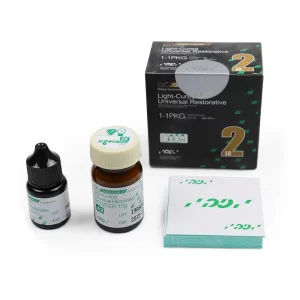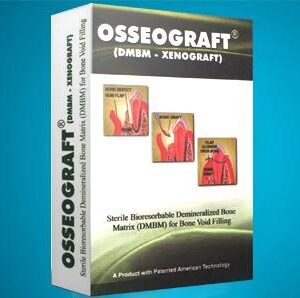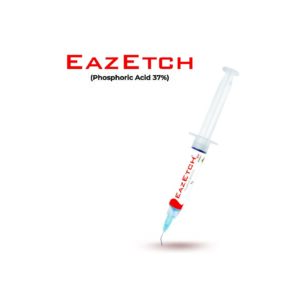
NEELKANTH Plaster of Paris 1 Kg
- 0
Over weight charges
Description
Type II dental plaster is a beta form of calcium sulfate hemihydrate (CaSO₄ · ½H₂O) commonly used in various dental applications. It is primarily utilized for creating preliminary casts for complete dentures, providing a stable base for further prosthetic work. Additionally, it plays a crucial role in securing casts to articulators, ensuring accurate occlusal relationships. Type II dental plaster is also used in the flasking procedure during denture construction, facilitating the processing and finishing of dentures. Its easy handling, smooth consistency, and reliable setting properties make it an essential material in dental laboratories and clinics.
Features :
- White alabaster plaster for general application.
- Good whiteness and creamy consistency.
- Easy to use.
- Able to produce fine details from the impression.
Key Specification:
Physical Properties :
- Setting Expansion: 0.10%
- Setting Time: 5 mintutes
- Working Time: 3 minutes
- Mixing Time: 15 seconds
- Type: Class II
- Water/Powder Ratio: 58 ml /100 g
- Colour: White
Compressive Strength :
- After 1 hr: 150 kg /cm 2
- After 24 hr: 300 kg / cm 2
Direction To Use :
Materials Required:
- Neelkanth Plaster of Paris Type II Dental Plaster (3kg)
- Clean mixing bowl
- Spatula or mechanical mixer
- Measuring cup
- Distilled or tap water (room temperature)
- Vibrator (optional)
Steps for Mixing:
Preparation:
- Ensure all materials and tools are clean and dry before starting.
- Measure the required amount of dental plaster powder as per your needs.
Water to Powder Ratio:
- The recommended water to powder ratio is approximately 50ml of water for every 100g of plaster.
- Adjust the quantity of water and powder based on the volume needed for your specific task.
Mixing Process:
- Pour the measured amount of water into the mixing bowl.
- Gradually add the plaster powder to the water, allowing it to soak for about 30 seconds. This helps in minimizing air bubbles.
- Mix the plaster using a spatula or mechanical mixer. Stir slowly at first, then vigorously, until the mixture is smooth and free of lumps. This should take about 1-2 minutes.
- If available, use a vibrator to remove any remaining air bubbles by gently tapping the bowl on the vibrating surface.
Pouring the Plaster:
- Immediately pour the mixed plaster into the impression or mold. Start pouring from one corner and allow the plaster to flow to avoid trapping air bubbles.
- If using for flasking or securing a cast to an articulator, ensure even and complete coverage.
Setting Time:
- Allow the plaster to set for about 10-15 minutes. The initial setting time can vary based on room temperature and humidity.
- Do not disturb the plaster during this period to ensure a smooth and accurate set.
Final Setting and Removal:
- After the initial set, the plaster will continue to harden. It usually takes about 30 minutes to reach a usable hardness.
- Carefully remove the cast or denture from the impression or mold once the plaster is fully set.
Cleanup:
- Clean all mixing tools and bowls immediately after use with water to prevent the plaster from hardening on them.
- Dispose of any unused mixed plaster according to local regulations.
Storage:
- Store the unused Neelkanth Plaster of Paris Type II Dental Plaster in a cool, dry place, tightly sealed to prevent moisture absorption.
- Ensure the product is kept away from direct sunlight and extreme temperatures.
Related products
-
Sale!

GC Gold Label 2 LC (Light-Cured)
₹1,550 – ₹3,280 Select options This product has multiple variants. The options may be chosen on the product page -
Sale!

GC Fuji 7 (Powder Liquid)
₹3,850Original price was: ₹3,850.₹3,672Current price is: ₹3,672. Add to cart -
Sale!

Advanced Biotech Osseograft
₹3,304Original price was: ₹3,304.₹2,775Current price is: ₹2,775. Add to cart -
Sale!

Anabond Stedman Eazetch
₹225Original price was: ₹225.₹200Current price is: ₹200. Add to cart

